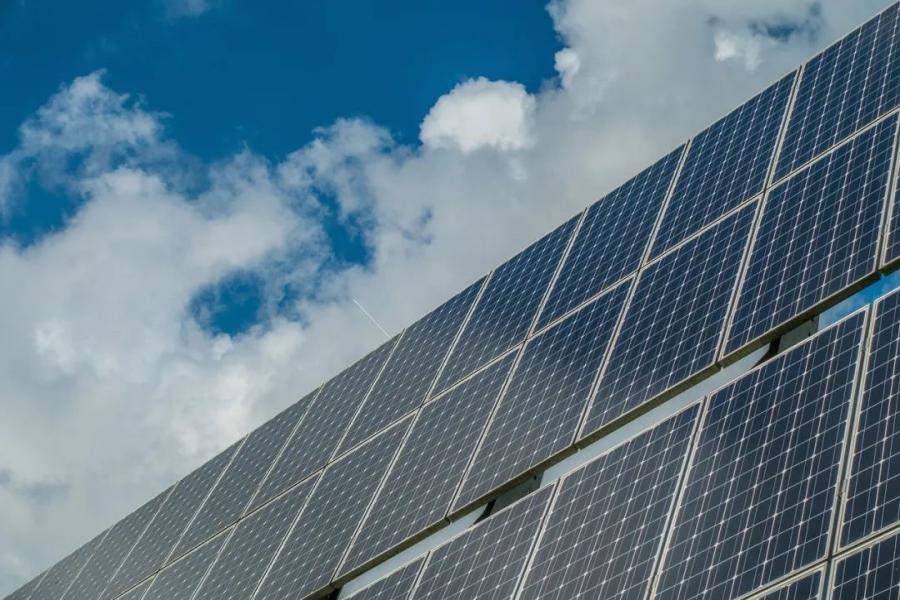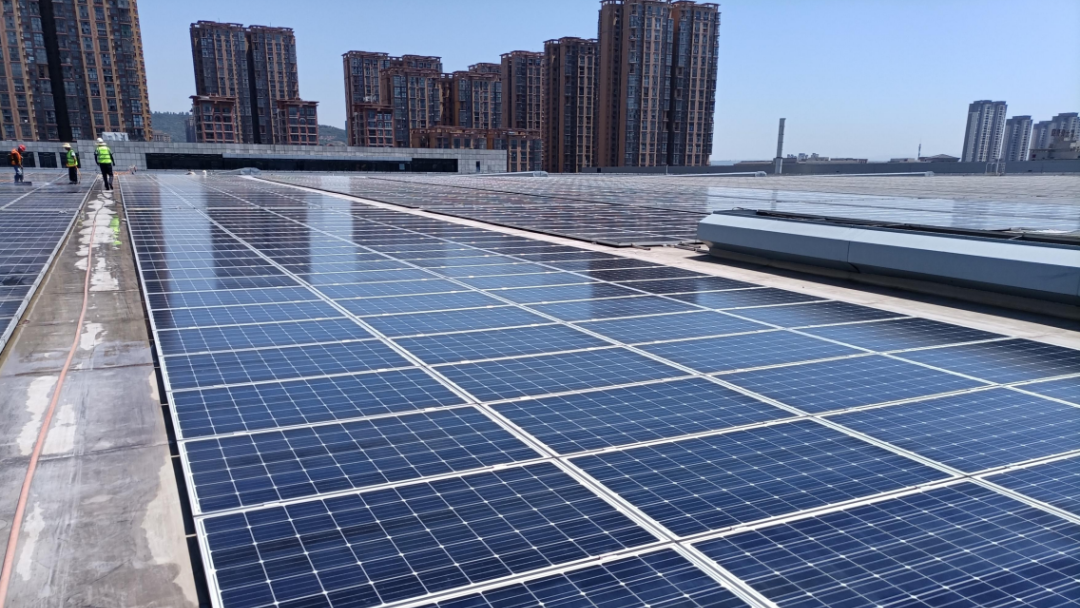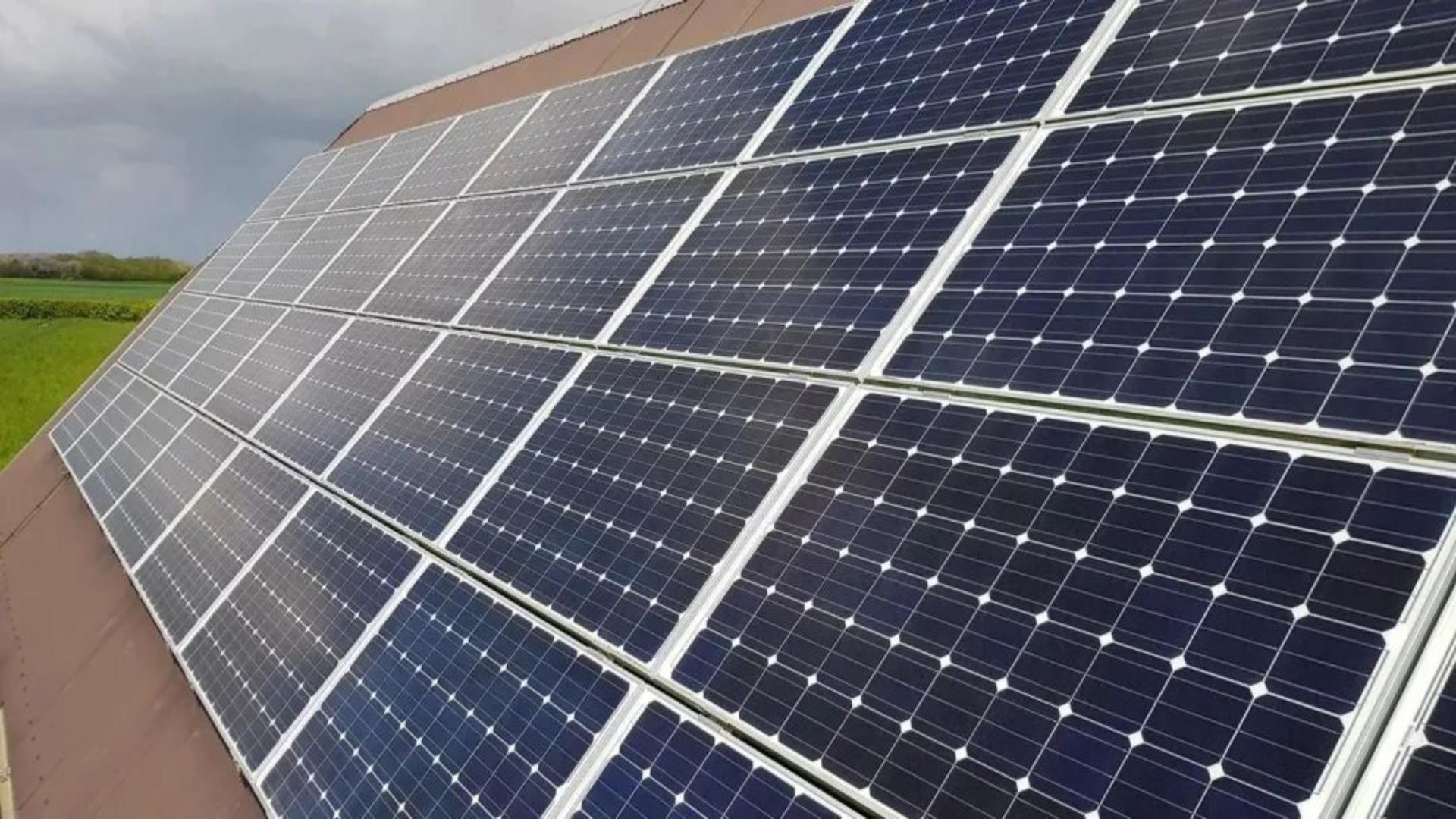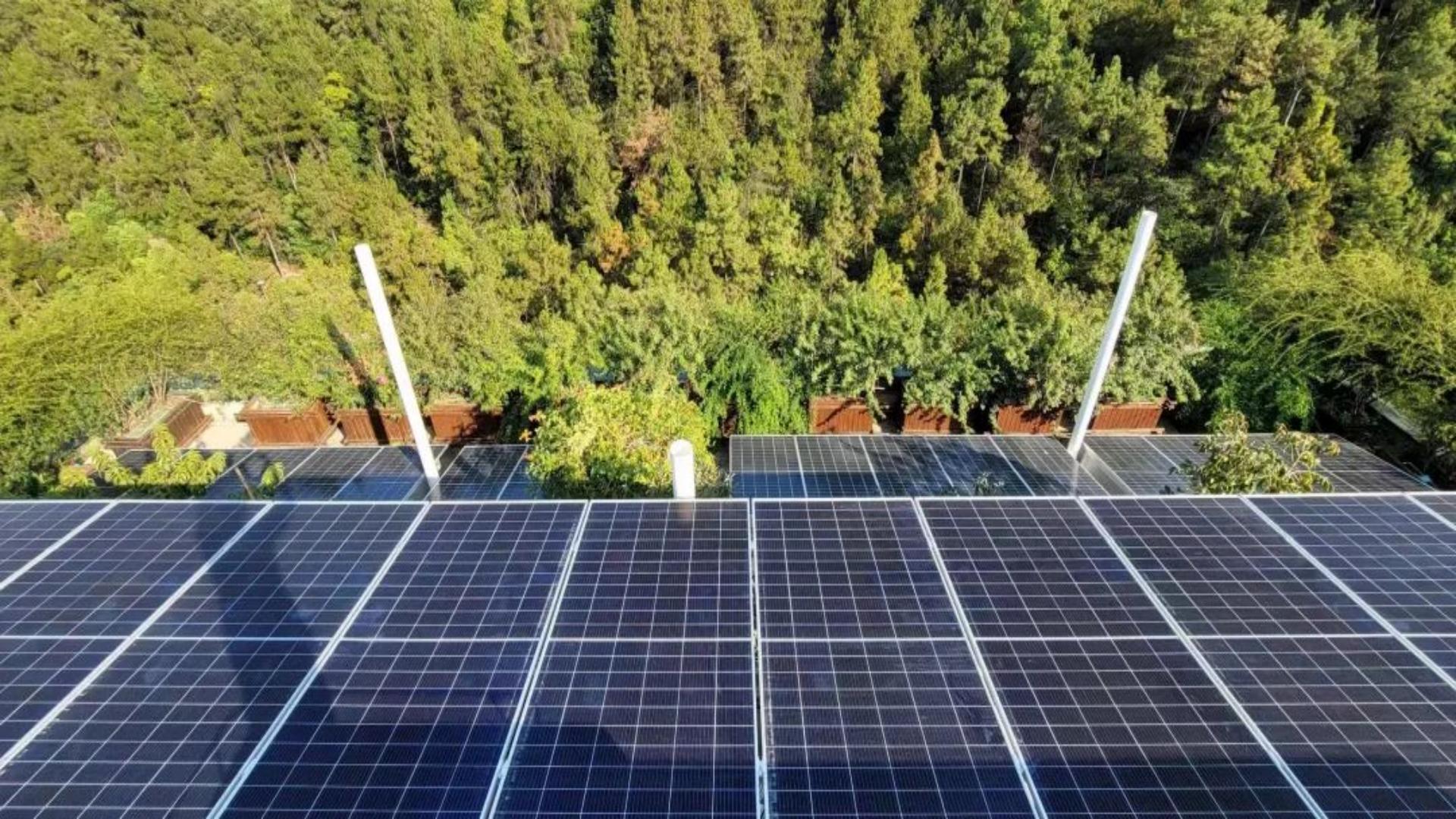The Heart Of Photovoltaic Power Generation Battery | DSBsolar
With the deepening understanding of the depletion of traditional energy resources and environmental damage, solar energy, as the cleanest and most environmentally friendly new energy, has attracted much attention. As a core component of solar panels, the efficiency and reliability of photovoltaic cells are crucial to the power generation and lifespan of solar panels.
Photovoltaic cells are the core of photovoltaic power generation and a hot research topic in the photovoltaic industry. It is a device that directly converts sunlight into electrical energy, mainly made of semiconductor materials. The working principle of photovoltaic cells is to excite electrons from photons into the material, forming a current and achieving photoelectric conversion.
There are various types of materials for photovoltaic cells, including monocrystalline silicon, polycrystalline silicon, amorphous silicon, flexible organic materials, etc. Among them, monocrystalline silicon solar cells have the advantages of high conversion efficiency, good stability, and long lifespan, but the cost is relatively high; Polycrystalline silicon battery cells are relatively inexpensive, with gradually improved performance and a wide range of applications; Amorphous silicon solar cells have low costs, but their conversion efficiency is relatively low. With the continuous development of technology, the advantages of flexible organic material battery cells in terms of bending, curling, and adjustable transparency are receiving increasing research attention.
In addition, the thickness of photovoltaic cells is also one of the important factors affecting their performance. In the case of sufficient solar radiation, the conversion efficiency of thin thickness photovoltaic cells is higher than that of thick cells. Therefore, more and more research institutions and enterprises are beginning to try to develop ultra-thin, substrate free solar cells.
Despite the continuous improvement of the performance indicators of photovoltaic cells, there are still many technological and application challenges that need to be overcome. For example, how to reduce material costs, improve the power generation efficiency of solar panels, improve the reliability of solar cells, and reduce the loss of solar cells. These technological and application challenges require the joint efforts of global scientists, as well as the cooperation and support of governments and businesses.
In summary, photovoltaic cells are the core component of solar panels, and their performance improvement will directly affect the power generation efficiency and lifespan of solar panels. In the future, with the continuous development of technology, photovoltaic cells will become more efficient, stable, and reliable, providing more clean energy for humanity.






